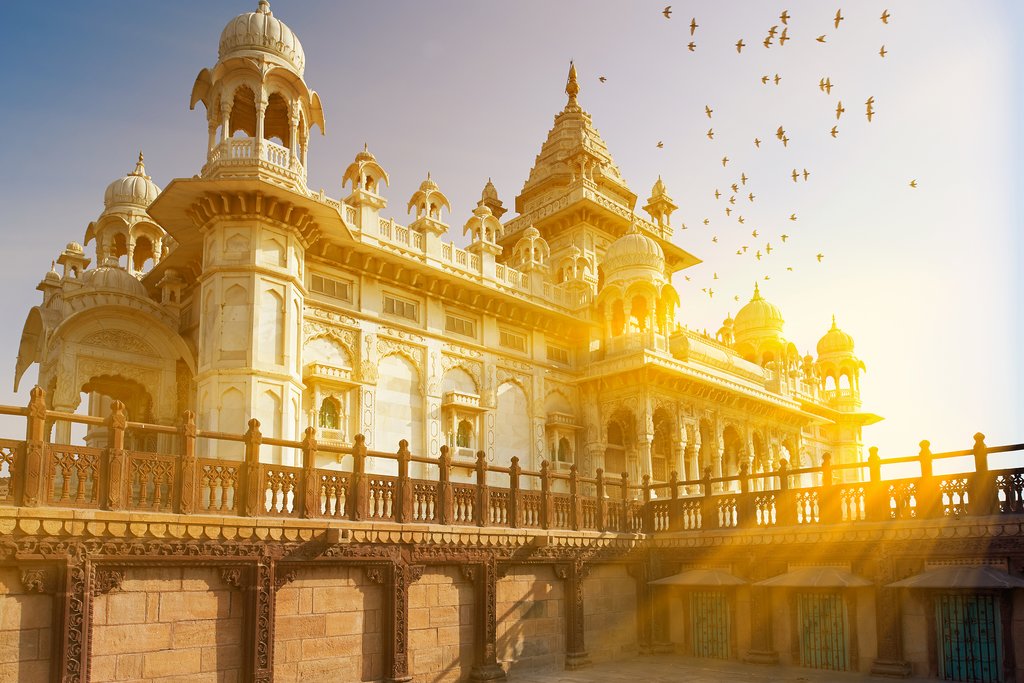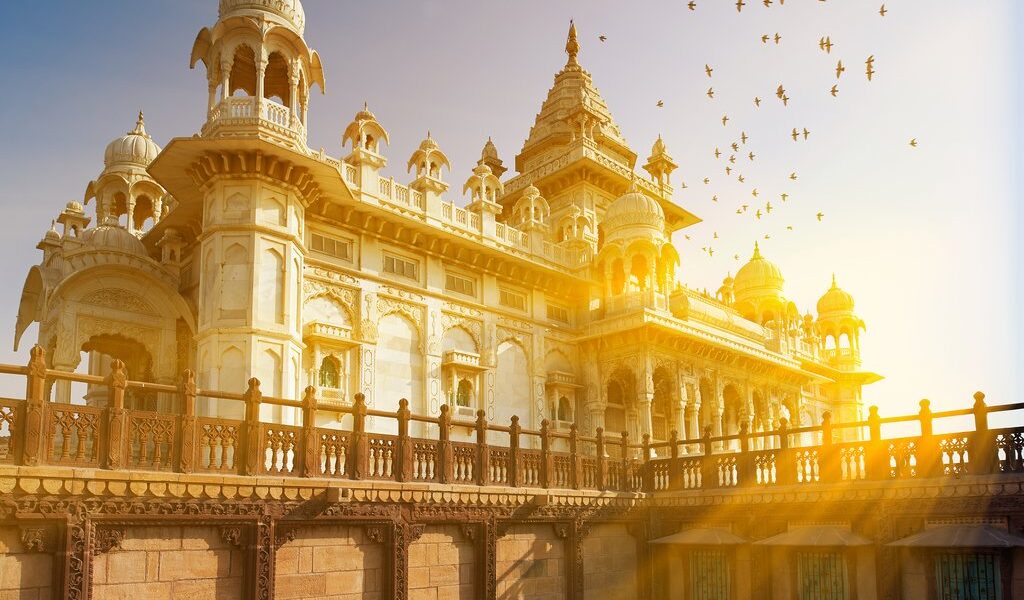
From the dreamy landscape of North India’s deserts to the tropical greenery of the South, India is an expansive country that encompasses a range of cultures, people, and landscapes. When choosing where to visit, it’s easiest to divide the country into distinct regions: North, West, South, East & Northeast, and Central India.
## Exploring the Diverse Regions of India: A Traveler’s Guide
India, a land of vibrant colors, diverse cultures, and breathtaking landscapes, beckons travelers from across the globe. Planning a trip to this incredible country requires careful consideration of its vast geography and varying climate. This guide offers a comprehensive overview of the different regions, highlighting the best times to visit and the unique attractions each area has to offer.
### Timing Your Trip: Navigating India’s Seasons
The optimal time to embark on your Indian adventure largely depends on the specific regions you intend to explore. Given the sheer size and geographical diversity of India, weather patterns differ significantly from north to south and east to west. Generally, the most agreeable time to visit India, offering comfortable temperatures and pleasant conditions, falls between **October and April**. During these months, the majority of the country experiences moderate climates, making it ideal for sightseeing and outdoor activities.
However, it’s crucial to be mindful of the monsoon season, which typically spans from the **end of May to September**. These months bring heavy rainfall to many parts of India, potentially disrupting travel plans and limiting accessibility to certain areas. Understanding the specific weather patterns of each region will allow you to tailor your itinerary for the most enjoyable experience.
**North India**, renowned for its majestic Himalayas and historical landmarks, generally follows this seasonal pattern. The winter months, from October to March, are characterized by cool and dry weather, making it an excellent time for exploring cities and trekking in the foothills of the mountains.
The **South** of India offers a slightly different climate dynamic. While the best time to visit is generally from the **end of October until March**, the weather can vary from region to region within the south. During the winter months, **Kerala** experiences a climate that is warm yet not excessively humid, providing the perfect conditions for exploring the enchanting backwaters by boat. The hill stations scattered throughout the South offer a refreshing escape from the heat during these months, providing cooler temperatures and breathtaking scenery.
Venturing into **Central India**, specifically **Madhya Pradesh**, reveals a landscape of historical sites and wildlife sanctuaries. Temperatures during the winter months are delightfully cool, inviting exploration of ancient temples and bustling markets. However, it’s important to note that the monsoon season in Central India, between **July and September**, brings substantial rainfall.
**West India** boasts a coastline along the Arabian Sea and encompasses the vibrant state of **Goa**. The period from **November to February** offers excellent weather in West India, with warm temperatures prevailing. Cities like **Mumbai** tend to be quite hot. The summers can be uncomfortably hot and humid, often accompanied by monsoon rainfalls.
In **East India**, the most comfortable weather occurs from **October to February**, providing pleasant conditions for exploring cultural landmarks and natural wonders. Conversely, the monsoon season in East India is intense, lasting from **June to October**.
### Delving into North India’s Charms
North India is a treasure trove of cultural and historical attractions, drawing visitors with its iconic landmarks and vibrant cities. The region is synonymous with **Rajasthan**, a state renowned for its majestic forts, colorful palaces, and captivating desert landscapes. But, beyond Rajasthan, North India is home to the stunning hill stations of the Himalaya like **Shimla** and **Rishikesh**.
The “Golden Triangle,” comprised of the cities of **New Delhi**, **Agra**, and **Jaipur**, is a popular starting point for many North India vacations. These cities offer a compelling blend of history, culture, and architectural marvels. **Udaipur**, known as the “City of Lakes,” presents a more romantic ambiance with its stunning palaces and serene waters. For those seeking a glimpse of wildlife, **Ranthambore** offers the thrilling opportunity to spot Bengal tigers in their natural habitat within **Ranthambore National Park**, accessible through daily safari rides in open-air Jeeps.
North India’s historical significance is undeniable, with iconic landmarks like the **Taj Mahal** in Agra, a testament to eternal love; the **Mughal Red Fort** in New Delhi, a symbol of imperial power; and **Fatehpur Sikri** near Agra, a captivating ghost city. The **Amber Fort** in Jaipur stands as a testament to Rajputana grandeur, while the **Golden Temple** in Amristar offers a spiritual haven for visitors of all faiths.
Venturing into **Jaisalmer**, an alluring desert town bordering the **Thar Desert**, provides a gateway to exploring the vast sandy expanse that marks the boundary between India and Pakistan. A camel safari through the Thar Desert offers an unparalleled opportunity to appreciate the stark beauty of the arid landscape.
For those seeking respite from the summer heat, the hill stations of the Himalaya, including **Dharamshala**, Rishikesh, and Shimla, provide a welcome escape with their cooler climates and picturesque scenery. Rishikesh, nestled in the state of **Uttarakhand**, is a haven for yoga enthusiasts and spiritual seekers, situated on the banks of the sacred Ganges River. It is also an excellent location for adventure sports, given that over half of the state is covered in mountainous terrain.
**Ladakh**, a sparsely populated but breathtakingly beautiful region bordering **Tibet** and a part of the **Jammu** and **Kashmir** state, offers a unique blend of rugged landscapes and Tibetan Buddhist culture. The high-altitude location, nestled in the Himalaya and **Karakoram** mountain ranges, is a haven for outdoor adventurers and those seeking spiritual enlightenment. Here, you can explore stunning hilltop monasteries, marvel at the beauty of lakes like **Pangong Tso** Lake, and embark on challenging trekking expeditions. The town of **Leh**, teeming with restaurants and hotels, serves as an ideal base for exploring the wonders of Ladakh.
### Exploring West India: Beaches, Cities, and Caves
West India encompasses a diverse range of landscapes and experiences, spanning the states of **Goa**, **Gujarat**, and **Maharashtra**.
**Maharashtra**, with its bustling capital city of **Mumbai**, is a sensory overload in the best possible way. From historic sites to delectable street food, Mumbai offers a wealth of attractions for visitors to explore. Iconic landmarks like **Juhu beach**, the **Hanging Gardens**, and the **Gateway of India** provide a glimpse into the city’s rich history and vibrant culture. Mumbai also presents myriad opportunities for shopping and dining, from bustling open-air markets selling artisan goods like silver jewelry and leather slippers to high-end boutiques showcasing local designs.
Beyond the energetic pulse of Mumbai, Maharashtra also boasts serene hill towns like **Mahabaleshwar**, nestled in the **Sahyadri** mountain range. This area, cascading with evergreen forests, served as a summer retreat for the British Raj and remains a popular destination for city dwellers seeking refuge from the heat during the summer months. **Mhaismal** offers a similar appeal, tucked away in the Sahyadri mountains. Nearby lie the **Ajanta Caves** and the **Ellora Caves**, the latter a UNESCO World Heritage Site, showcasing stunning rock-cut monastery temple caves representing Buddhist, Hindu, and Jain traditions.
Maharashtra is also home to national parks and wildlife reserves, including **Tadoba National Park** and **Navegaon National Park**, providing opportunities to encounter the region’s diverse wildlife. A few hours from Mumbai by car or train lies **Pune**, globally renowned for the **Osho International Meditation Resort**, offering a sanctuary for relaxation and self-discovery. Pune is also an excellent destination for those who are interested in a city with a more relaxed atmosphere and a history of Colonial architecture.
**Goa**, with its captivating Indo-Portuguese influence, tropical scenery, and vibrant markets, is another must-visit destination in West India. The city’s bustling nightlife attracts partygoers from around the globe, while its serene beaches and laid-back seafood restaurants appeal to those seeking relaxation and rejuvenation.
### Unveiling the Treasures of South India
Southern India encompasses the states of **Karnataka**, **Andhra Pradesh**, **Tamil Nadu**, **Kerala**, and **Telangana**, each offering a unique cultural and geographical landscape. Kerala, often referred to as “God’s Own Country,” is famed for its palm-fringed Arabian Sea beaches and its mesmerizing network of backwaters, best explored by boat. Nature enthusiasts can visit **Periyar National Park** and **Parambikulam Tiger Reserve** for the chance to observe the region’s diverse wildlife.
**Pondicherry**, an eclectic coastal city in east Tamil Nadu, showcases its captivating history as a former French colony. The well-preserved French Quarter, with its tree-lined boulevards and charming villas, evokes a sense of old-world charm. Just a few hours’ drive from Pondicherry, **Mahabalipuram** is a thriving beach town with a laid-back, bohemian vibe. Here, you can admire noteworthy temples, including the **Shore Temple**, aptly named for its position overlooking the shore of the **Bay of Bengal**.
**Madurai**, located in Tamil Nadu, is home to one of India’s most magnificent monuments: the **Meenakshi Amman Temple**. This sprawling complex, adorned with colorful carvings depicting Hindu deities, serves as a significant pilgrimage site. Every April, the **Chithirai Festival**, celebrating Lord Vishnu and Meenakshi, attracts a multitude of visitors.
### Exploring East and Northeast India: A Journey into Nature and Culture
East India offers some of the country’s most picturesque destinations, notably the hill station of **Darjeeling**, celebrated for its tea estates and rolling green hills. **Kolkata** (formerly Calcutta), a major cultural hub in East India, charms visitors with its Colonial-style architecture and vibrant artistic scene.
The Northeast region of India, comprised of states like **Assam**, is a haven for nature enthusiasts. Assam’s capital city, **Guwahati**, home to ancient temples, serves as a gateway to **Kaziranga National Park**, a UNESCO World Heritage Site that shelters the world’s largest population of one-horned rhinoceroses, along with tigers, elephants, and other wildlife. **Nagaland**, a mountainous area bordering Myanmar, offers stunning hills and valleys, providing a unique cultural experience. This region is home to indigenous tribes, making it an ideal destination for travelers seeking cultural immersion.
### Discovering the Hidden Gems of Central India
Central India, often overlooked by mainstream tourists, boasts alluring national parks, ancient religious sites, and diverse scenery. The state of **Madhya Pradesh** receives less tourist traffic than other regions of India, yet it is well worth the journey to explore sites like **Khajuraho**, renowned for its sandstone Hindu, Buddhist, and Jain temples, recognized as a UNESCO World Heritage Site. The largest city in eastern Madhya Pradesh, **Jabalpur**, serves as a gateway to the **Pench**, **Bandhavgarh**, and **Kanha** reserves, offering opportunities to observe tigers and other animals in their natural habitats.
In the state of **Bihar**, you’ll find the village of **Bodh Gaya**, famed for the **Mahabodhi Temple Complex**, believed to be the location where Buddha attained enlightenment beneath a Bodhi tree. The temple complex houses various sacred sites and a Bodhi tree, said to be a descendant of the actual tree that sheltered Buddha from the sun.
This comprehensive guide provides a starting point for planning your Indian adventure, taking into account the diverse climates, attractions, and experiences that each region has to offer. With careful planning and a sense of adventure, you can embark on an unforgettable journey through this captivating land.
B-1200

